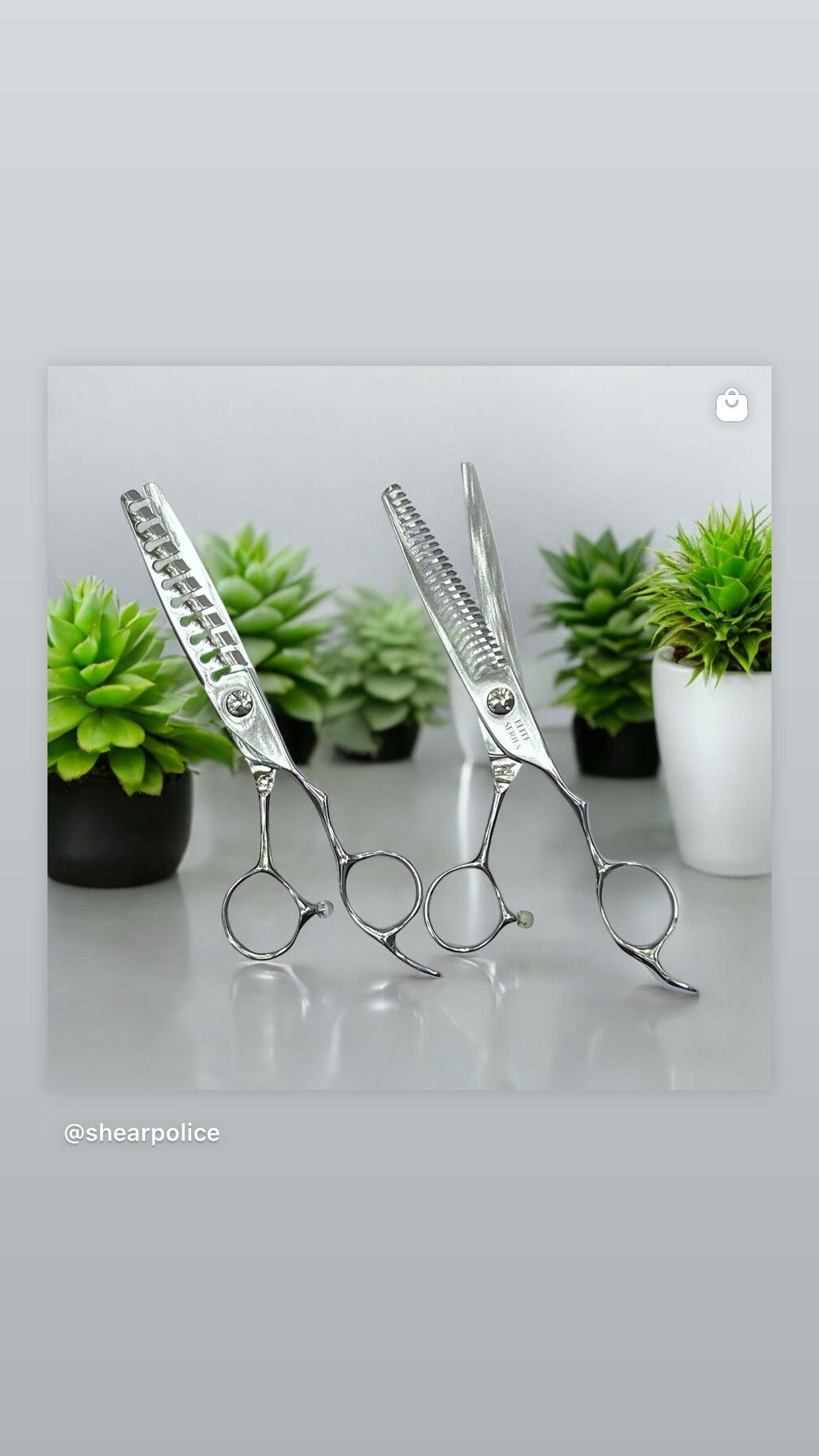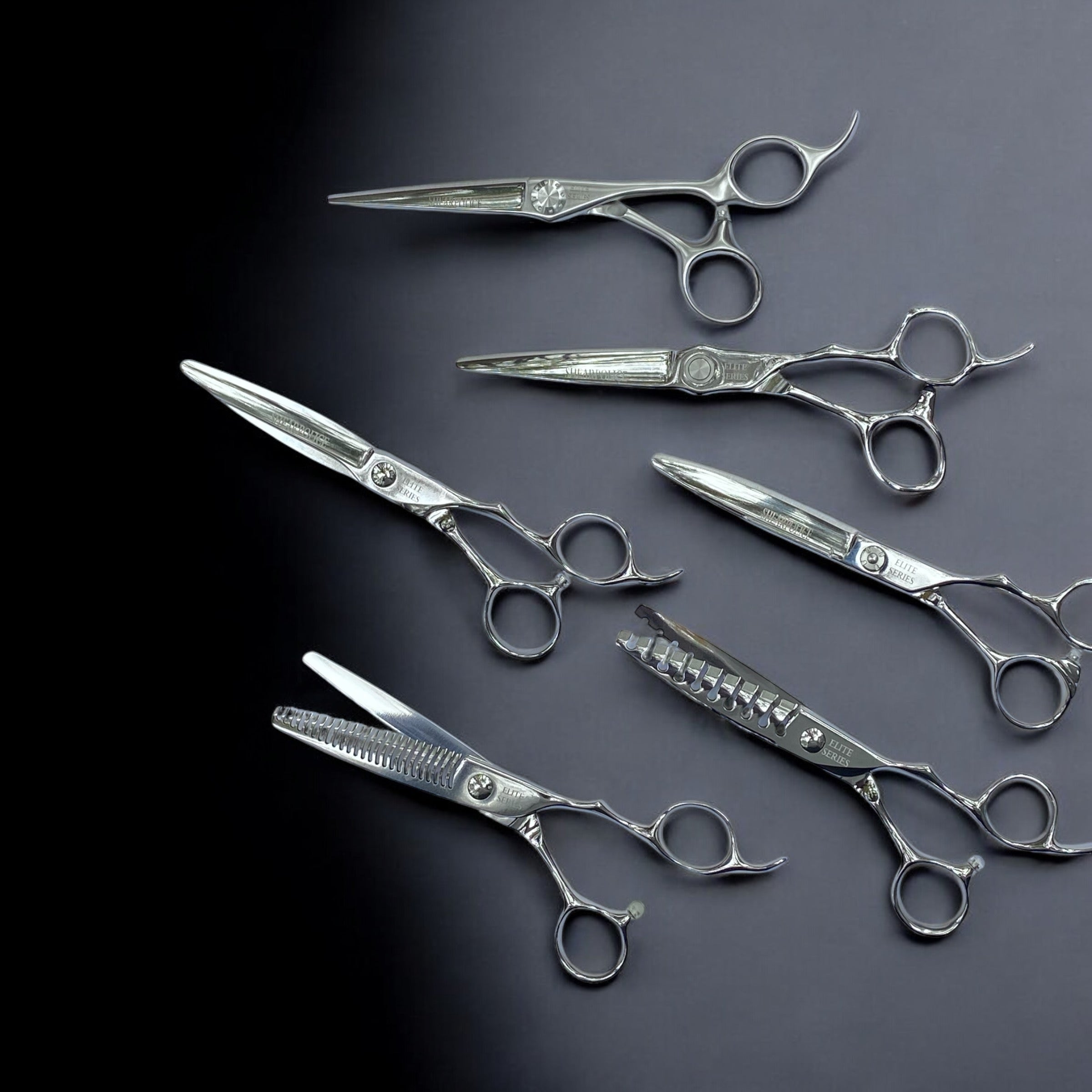
Japanese Shears vs. Western Shears: A Cutting-Edge Comparison
When it comes to hair cutting, the right pair of shears can make all the difference. While both Japanese and Western shears boast their unique qualities, understanding their key differences can help you choose the perfect tool for your craft. Let's delve into the world of shears and explore what sets these two titans apart.
Understanding the Core Differences
- Blade Design:
- Japanese Shears: Known for their convex blades, which create a sharper cutting edge. This design offers exceptional precision and clean cuts.
- Western Shears: Typically feature flat or slightly curved blades, providing a more versatile cutting experience.
- Steel Quality:
- Japanese Shears: Often crafted from high-quality Japanese steel, renowned for its hardness and durability. This results in shears that hold their edge longer.
- Western Shears: While exceptions exist, Western shears generally use stainless steel, which offers a good balance of hardness and flexibility.
- Handle Design:
- Japanese Shears: Often feature offset handles, designed to reduce hand fatigue and improve ergonomics. The offset angle varies depending on the shear type.
- Western Shears: Commonly have straight or slightly curved handles, offering a more traditional feel.
- Cutting Action:
- Japanese Shears: Primarily designed for texturizing and point cutting, thanks to their sharp convex blades.
- Western Shears: More versatile, and suitable for various cutting techniques, including blunt cutting, layering, and blending.
Which Shears Are Right for You?
The choice between Japanese and Western shears ultimately depends on your preferences, cutting style, and hair type. Here's a quick guide:
- Japanese Shears: Ideal for hairdressers who prioritize precision and texturizing techniques. They excel at creating delicate layers and soft, feathered edges.
- Western Shears: Suitable for a wider range of hair types and cutting styles. They offer versatility and are a good choice for beginners or those who prefer a classic cutting approach.
Beyond the Basics: Additional Considerations
- Shear Maintenance: Both Japanese and Western shears require proper care to maintain their sharpness and longevity. Regular cleaning, oiling, and sharpening are essential.
- Price: Generally, Japanese shears tend to be more expensive due to the higher quality materials and craftsmanship involved.
- Ergonomics: Consider the handle design and finger rest to ensure a comfortable grip and reduce the risk of hand injuries.
By understanding the key differences between Japanese and Western shears, you can make an informed decision that enhances your hair cutting skills and client satisfaction. Remember, the best pair of shears is the one that feels right in your hand and delivers exceptional results.



Leave a comment
This site is protected by hCaptcha and the hCaptcha Privacy Policy and Terms of Service apply.